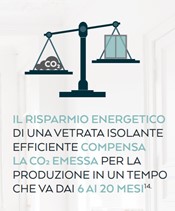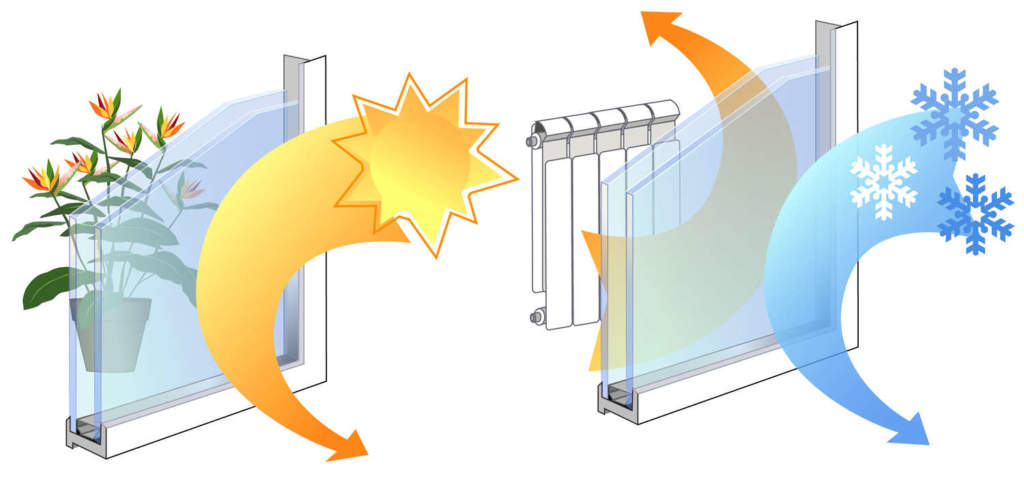Great European attention to energy saving and environmental protection.
Flat glass products are essential for key sectors of the European Union economy such as construction, automotive and energy.
The European Union has the goal of 2050: to have net zero emissions.
This milestone will require more energy-efficient window glass, more lightweight safety glass for non-polluting vehicles, and more glass for solar energy.
It is more necessary than ever to promote the renovation of buildings to achieve energy savings and economic growth.
To date, the average window insulation performance in Europe is Uw 3.413
The equivalent of a window installed in the 60s.

It is assumed that in 2030, in just 10 years, by doubling the renovation rate of windows and installing high-performance glass, the European building stock would reduce energy consumption and related emissions by 14%.
If we think that windows remain in use for 40 to 50 years on average, to ensure long-term energy savings it is important to install high-efficiency products right now.
Trying to step up the replacement of windows with innovative and efficient products will be key.
Low carbon products produced in the EU will have to be offered on the market, this goal will be both an opportunity for improvement on the impact with the environment and also a challenge for European industry.

Energy-efficient windows are a popular choice in new construction as they meet the requirements of nearly zero-energy buildings (nZEB).
Conversely, the use of high-performance products is low when it comes to renovations and in the absence of basic minimum requirements.
If we consider that 97% of today's buildings will still be standing in 2050, and that many windows will be replaced in the near future, it is necessary to hurry to correct the current situation.
The average insulation performance of windows in the EU building stock is approximately Uw 3,4 W / (m2 K), a value that is equivalent to a mix of "monolithic glass" and "double glazing without coating" (two typical products respectively of the 60s and 70s).
The products available on the market today have a far superior energy performance and make possible interventions that will make buildings with zero energy consumption or positive energy.
Source: Glassforeurope.com



